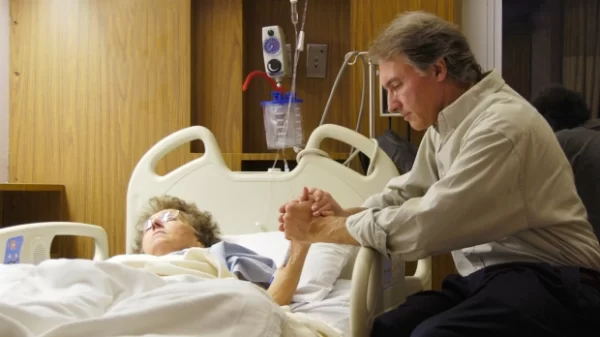Prayer is inevitable in a person’s life. Even though we get it as a part of our ritual, prayer can give us a better state of mind. For some, prayer will mean specific sacred words; for others, it may be a more informal talking or listening to God or a higher power.
The word “prayer” comes from the Latin precarius, which means “obtained by begging, to entreat.” Prayer is rooted in the belief that there is a supreme power than oneself that can influence one’s life. It is the act of raising hearts and minds to God or a higher power.
There is no one set way to pray. Forms include spoken prayers, silent prayers, and prayers of the mind, the heart, and union with God.
Types of Prayers
There are various kinds of prayers. It is in many flavors; but the basic idea is to speak with God. Specific types of prayers include:
Intercessory prayer – praying for someone else
Distant healing prayer – praying for the healing of someone or something at a distance
Petition prayer – asking God or a higher power for something
Centering prayer – centering on a word or phrase for a minimum of 20 minutes in silence, usually in order to open to the sacred
Contemplative prayer – opening to union with God or the sacred
Meditation – differs somewhat by religion. In Christianity, the goal of meditation is often union with God. Meditation may be practiced by sitting in silence (often while following one’s breath), doing intentional movement, or using visualization, imagination, or a specific object or mantra as a focus.
Prayer Benefits Health and Wellbeing
Prayer is important in a healthcare context. It gives positive results so widely. According to Dr. Wayne Jonas, “Surveys indicate that nearly 90% of patients with serious illness will engage in prayer for the alleviation of their suffering or disease.” Among all forms of medicines and other treatments, prayer is the single most widely-practiced healing method.
According to the latest research results conducted by Dr. Christina Puchalski, Director of the George Washington Institute for Spirituality and Health, prayer is the second most common method of pain management (after oral pain medication), and the most common non-drug method of pain management.
The following explanations have been offered as to how prayer helps improve health:
The relaxation response – prayer elicits the relaxation response, which lowers blood pressure and other factors heightened by stress.
Secondary control – prayer releases control to something greater than oneself, which can reduce the stress of needing to be in charge.
The placebo response – prayer can enhance a person’s hopes and expectations, and that in turn can positively impact health.
Healing presence – prayer can bring a sense of a spiritual or loving presence and alignment with God or an immersion into a universal unconsciousness.
Positive feelings – prayer can elicit feelings of gratitude, compassion, forgiveness, and hope, all of which are associated with healing and wellness.
Mind-body-spirit connection – when prayer uplifts or calms, it inhibits the release of cortisol and other hormones, thus reducing the negative impact of stress on the immune system and promoting healing.
The results Harold Koenig cites in his well-known studies may be due to this larger content. He notes:
According to the research, “A large volume of research shows that people who are more R/S [religious or spiritual] have better mental health and adapt more quickly to health problems compared to those who are less R/S. These possible benefits to mental health and wellbeing have physiological consequences that impact physical health, affect the risk of disease, and influence response to treatment.”
A off-cited study by Dr. Herbert Benson, a cardiovascular medicine specialist at Harvard Medical School, documented the potential healing benefits of spiritual practices, such as prayer and meditation (as well as hypnosis and other relaxation techniques). In his book Healing Words, Larry Dossey writes that Benson demonstrated that the body responds to these practices with what he calls the relaxation response, which consists of “a lowering of the heart rate, blood pressure, and breathing rate; a reduced need for oxygen; less carbon dioxide production.” In effect, the relaxation response is the opposite of the stress response and can be consciously used to modulate the impact of stress.
Prayer can relax and feel you better in a special way. That can bring you a better life and faith in God.



